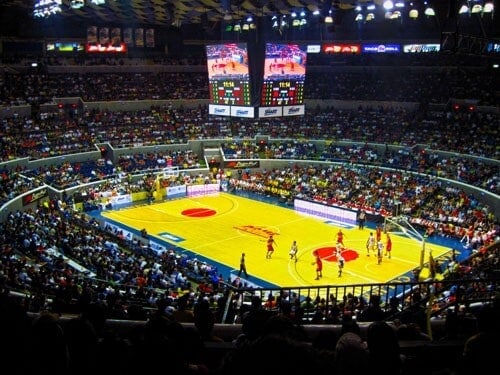Defensive role swaps prove predictive of 3-point success
Everyone knows a basketball player is more likely to miss a three-point shot if a defender is in his face, but a new automated method for analyzing team formations, created by Disney Research Pittsburgh, shows how players get open for a shot: via defensive role swaps.
“To an expert, this makes obvious sense – if a defensive player has to move, the space where they moved from is suddenly open and, if their teammate doesn’t cover that space quickly, it creates a potential open shot for the offense,” said Patrick Lucey, a Disney researcher who specializes in measuring the behavior of athletes. In other words, the more role swaps the defensive team makes, the more likely the offensive team is to make a three-point shot.
“Role swaps are a measure of how well the offensive team is making the defensive team move,” Lucey said. “If fewer role swaps occur, that may be a measure of how well the defensive team is interacting or functioning as a unit or it can also describe how poorly the offensive team is moving the ball or executing plays.”
Until now, however, analysts have had no way of measuring this movement, which is not reflected in traditional statistics such as rebounds and shots. The Disney researchers will present the findings obtained through their new automated method at the MIT Sloan Sports Analytics Conference, Feb. 28-March 1, in Boston.
They analyzed tracking data for the 2012-13 NBA season compiled by STATS SportsVU, including about 20,000 three-point shots. They found that when a player was open – with a defender at least six feet away – the shooting percentage was 40 percent. Not surprisingly, when a defender was closer, the percentage dropped to 32 percent.
“What’s interesting is how teams get shooters open,” Lucey said. He and his colleagues considered a number of possible contributing factors – how players are spaced, whether players are driving to the basket, how fast defensive and offensive players are moving three seconds prior to a shot, length of time a player possesses the ball, and other variables. The number of times defensive players swapped roles and how far they moved in the three seconds prior to a shot ultimately proved most predictive of getting an open shot.
“While these findings may be quite intuitive for a coach and player, this work shows how tracking and quantifying player movements can provide deeper understanding of team behaviors,” Lucey said.
The researchers did this analysis on a team by team basis and the same finding occurred regardless of defensive style (i.e., man-to-man versus zone). They are currently looking at other types of shots.


